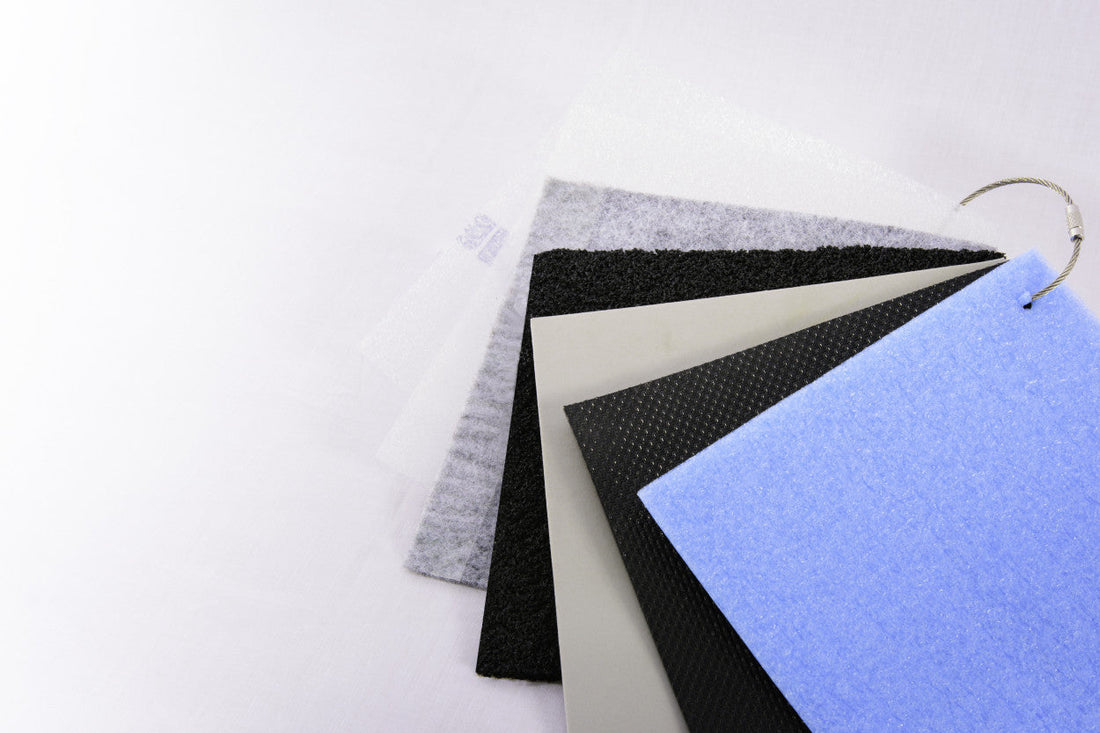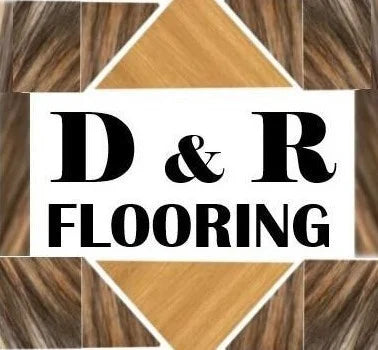
Flooring Underlayment: A Comprehensive Guide
Share
When it comes to installing new flooring, one often overlooked but crucial component is the underlayment. Flooring underlayment is a thin layer of material that is placed between the subfloor and the flooring material. It provides several benefits, including sound insulation, moisture protection, and added comfort. In this blog post, we will explore the importance of flooring underlayment and guide you through the process of choosing the right option for your needs.
Why is Flooring Underlayment Important?
1. Sound Insulation: One of the primary functions of underlayment is to reduce noise transmission. It helps to absorb impact sound and minimize the sound of footsteps, making your living space quieter and more peaceful.
2. Moisture Protection: Moisture can seep through the subfloor and damage the flooring material. Underlayment acts as a moisture barrier, preventing water vapor from reaching the flooring and causing warping, mold, or mildew.
3. Subfloor Imperfections: Underlayment helps to smooth out minor imperfections in the subfloor, providing a level surface for the flooring installation. It can also help to reduce the appearance of cracks or unevenness in the flooring.
Types of Flooring Underlayment
1. Foam Underlayment:
This type of underlayment is made from foam materials such as polyethylene or polypropylene. It is lightweight, easy to install, and provides excellent sound insulation. Foam underlayment is suitable for laminate, engineered wood, and vinyl flooring.
2. Cork Underlayment:
Cork underlay is a natural material known for its excellent sound absorption properties. It is eco-friendly, moisture-resistant, and provides thermal insulation. Cork underlayment is commonly used for hardwood and laminate flooring.
3. Rubber Underlayment:
Rubber underlayment offers superior sound insulation and impact resistance. It is durable, moisture-resistant, and helps to reduce noise transmission between floors. Rubber underlayment is ideal for tile and stone flooring.
How to Choose the Right Flooring Underlayment
1. Consider the Flooring Type:
Different types of flooring require specific underlayment materials. For example, laminate flooring may require foam underlayment, while hardwood flooring may benefit from cork underlayment. Check the manufacturer's recommendations for the best results.
2. Evaluate Soundproofing Needs:
If noise reduction is a priority, opt for underlayment with excellent sound insulation properties, such as cork or rubber. Consider the level of impact sound you want to minimize and choose accordingly.
3. Assess Moisture Protection:
If you are installing flooring in a moisture-prone area, such as a basement or bathroom, choose an underlayment with moisture-resistant properties. Foam underlayment with a built-in vapor barrier is a good option.
4. Consider Subfloor Conditions:
If your subfloor has minor imperfections, choose an underlayment that can help to level the surface. Foam underlayment is often suitable for this purpose.
5. Budget and Longevity:
Consider your budget and the expected lifespan of the flooring. While some underlayment options may be more expensive upfront, they can prolong the life of your flooring and provide long-term benefits.
Remember, the right flooring underlayment can significantly enhance the performance and longevity of your flooring. Take the time to research and choose the option that best suits your needs and preferences. Happy flooring!
What are the top Flooring Underlayment to use?
Noise Guard underlayment
Noise Guard underlayment is a top choice for homeowners who value peace and quiet in their living spaces. This high-quality underlayment is specifically designed to minimize sound transmission, making it perfect for apartments, condos, or multi-story homes. With Noise Guard underlayment, you can enjoy a peaceful and serene environment without the worry of disturbing your neighbors or family members.
Silent Step underlay
If comfort is a top priority for you, Silent Step underlay is the perfect choice. This underlayment is designed to provide exceptional cushioning and support underfoot, making your floor feel softer and more comfortable. Whether you're walking, standing, or sitting on your floor, Silent Step underlay ensures a pleasant and cozy experience.
Floor Acoustic STC 73 underlayment
When it comes to reducing airborne and impact noise, Floor Acoustic STC 73 underlayment is the go-to option. With its high Sound Transmission Class (STC) rating, this underlayment effectively blocks sound transfer between floors, creating a peaceful and quiet environment. STC 73 underlayment is ideal for areas where noise reduction is crucial, such as bedrooms, home offices, or media rooms.
Choosing the right flooring underlayment is essential for creating a silent and comfortable floor. Whether you opt for Noise Guard, QuietWalk, Silent Step, or Floor Acoustic underlayment, each option offers unique benefits to enhance your living space. Say goodbye to noisy floors and hello to a peaceful and serene environment with the perfect flooring underlayment options available at D&R Flooring store.
